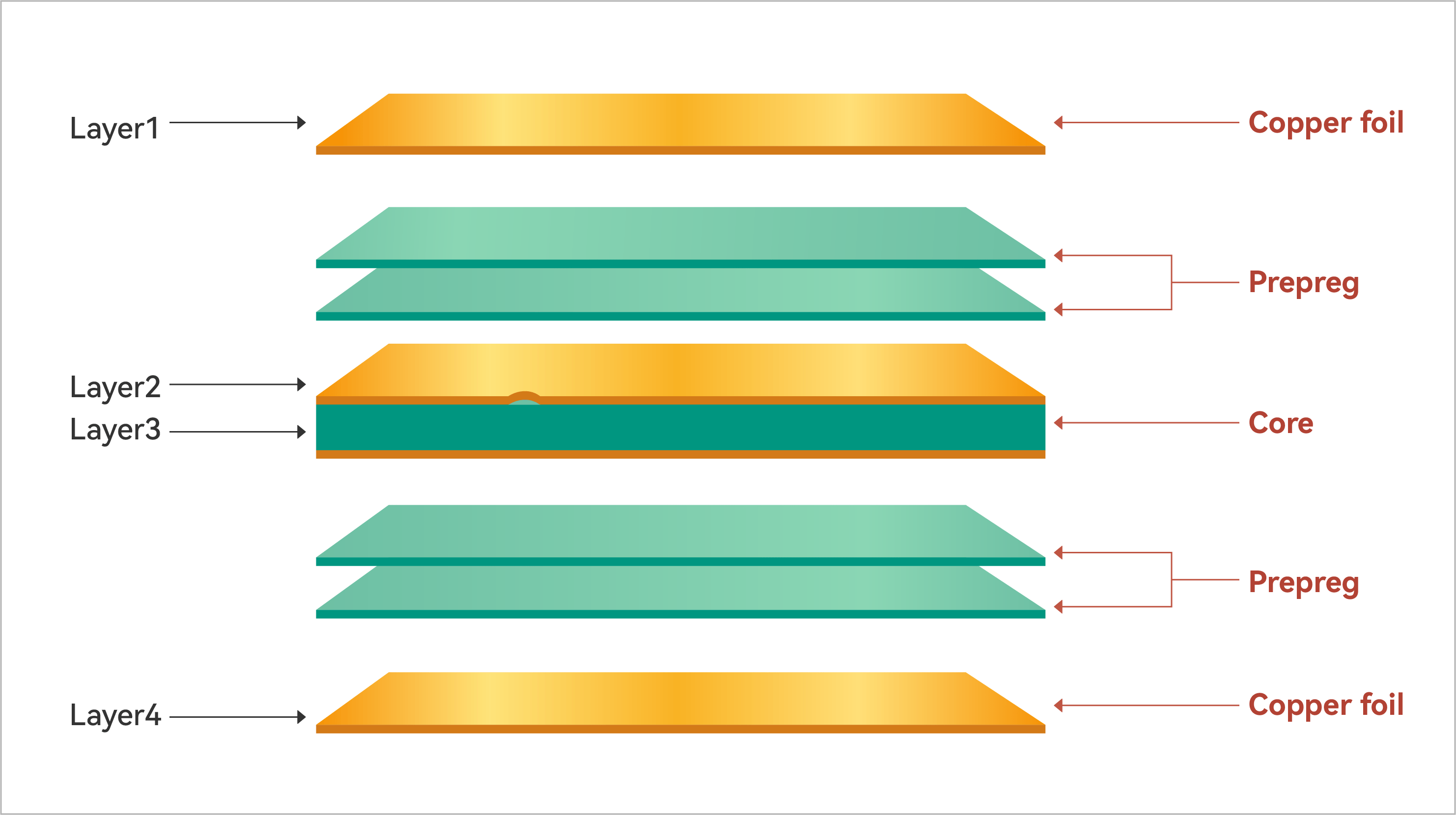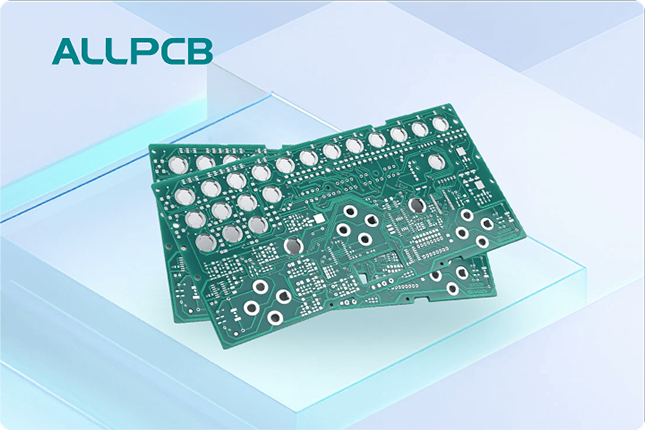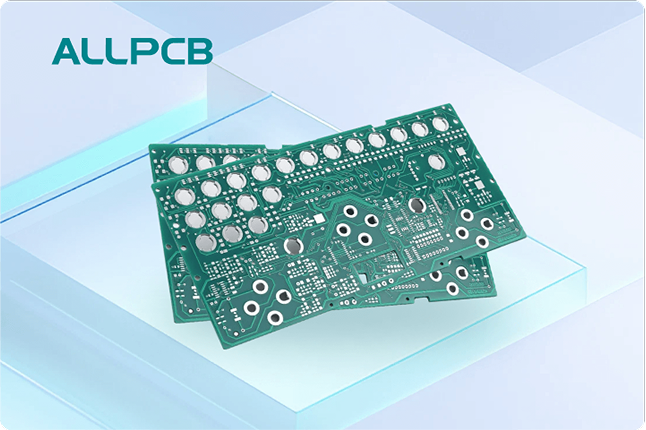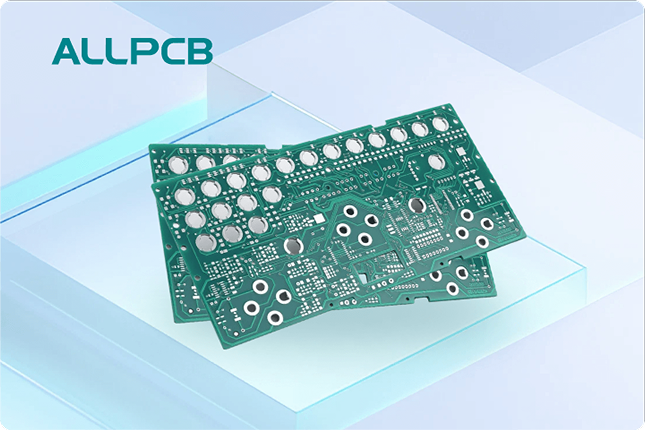In today’s fast-paced electronics industry, the need for sustainable practices is more critical than ever. Printed Circuit Boards (PCBs) are at the heart of nearly every electronic device, but their disposal poses significant environmental challenges. How can we reduce PCB waste and adopt a circular economy model? The answer lies in innovative strategies like design for disassembly, closed-loop manufacturing, and extended producer responsibility. In this blog, we’ll explore actionable methods for sustainable PCB disposal and how the industry can embrace a circular economy to minimize waste and maximize resource efficiency.
Why Sustainable PCB Disposal Matters
PCBs are essential components in devices ranging from smartphones to industrial machinery. However, their complex composition—combining metals, plastics, and hazardous materials—makes disposal a pressing issue. According to recent studies, electronic waste (e-waste) is growing at a rate of 3-5% annually, with PCBs constituting a significant portion. Improper disposal can lead to toxic substances leaching into soil and water, posing risks to ecosystems and human health.
Adopting sustainable PCB disposal methods and circular economy principles can address these challenges. A circular economy focuses on reusing, recycling, and repurposing materials to create a closed-loop system, reducing waste and conserving resources. For PCB manufacturers and designers, this means rethinking traditional linear production models—where products are made, used, and discarded—and moving toward systems that prioritize longevity and recyclability.
Image Placement Suggestion: Insert an image here showing a pile of discarded PCBs contrasted with a recycling facility. ALT Text: "Discarded PCBs awaiting sustainable recycling in a circular economy."
Understanding the PCB Circular Economy
The concept of a PCB circular economy revolves around keeping materials in use for as long as possible. Instead of disposing of PCBs after their lifecycle, the goal is to recover valuable components and materials, such as copper, gold, and silver, for reuse in new products. This approach not only reduces environmental impact but also lowers production costs by minimizing the need for virgin materials.
One key statistic highlights the potential: up to 95% of the materials in a PCB can be recycled if proper processes are in place. Yet, globally, only about 20% of e-waste is formally recycled, according to the United Nations. Bridging this gap requires coordinated efforts across design, manufacturing, and end-of-life management stages.
Key Benefits of a PCB Circular Economy
- Resource Conservation: Recovering metals like copper (which can constitute up to 20% of a PCB’s weight) reduces the need for mining.
- Waste Reduction: Recycling prevents hazardous materials from ending up in landfills.
- Cost Efficiency: Reusing materials can cut down on raw material expenses by up to 30%, based on industry estimates.
- Regulatory Compliance: Many regions are enforcing stricter e-waste laws, pushing companies toward sustainable practices.
Strategies for PCB Waste Reduction
Reducing PCB waste starts with rethinking how these components are designed, manufactured, and disposed of. Below are practical strategies that engineers and manufacturers can implement to minimize waste at every stage of a PCB’s lifecycle.
1. Design for Disassembly in PCBs
Design for disassembly (DfD) is a cornerstone of PCB waste reduction. This approach involves creating PCBs that can be easily taken apart at the end of their life, allowing for the separation of valuable components and materials. For instance, using modular designs with standardized connectors can simplify disassembly, making it easier to salvage parts like capacitors or resistors for reuse.
A practical example is avoiding permanent soldering for certain components. Instead, using snap-fit or screw-based connections can reduce damage during disassembly. Additionally, labeling materials on the PCB can help recyclers identify and sort components more efficiently. Studies suggest that DfD can improve recycling rates by up to 40% when implemented effectively.
Image Placement Suggestion: Place an image here of a modular PCB design with labeled components. ALT Text: "Modular PCB design for disassembly to support circular economy."
2. Material Selection for Sustainability
Choosing eco-friendly materials during PCB manufacturing is another effective way to reduce waste. Traditional PCBs often use non-biodegradable substrates and hazardous chemicals like brominated flame retardants. Switching to bio-based or halogen-free materials can lower environmental impact. For example, some manufacturers are exploring substrates made from recycled plastics or natural fibers, which are easier to recycle.
While these materials may have slightly different thermal or electrical properties—such as a dielectric constant varying by 5-10% compared to standard FR-4 substrates—they can still meet the needs of many applications. Testing and simulation during the design phase can ensure performance isn’t compromised.
3. Minimizing Overproduction
Overproduction is a significant contributor to PCB waste. Manufacturing only what is needed through demand-driven production can cut down on excess inventory that often ends up discarded. Advanced forecasting tools and just-in-time manufacturing practices can help achieve this balance, reducing waste by as much as 35%, according to supply chain studies shared on social platforms.
Closed-Loop PCB Manufacturing: A Game Changer
Closed-loop PCB manufacturing takes the circular economy concept to the next level by ensuring that materials are continuously cycled back into production. In this model, end-of-life PCBs are collected, disassembled, and processed to recover raw materials like copper traces and solder, which are then used to create new boards.
One successful case involves recovering gold from PCB connectors. Even small amounts—often less than 0.1% of a board’s weight—can be valuable when scaled across thousands of units. Advanced recycling technologies, such as hydrometallurgical processes, can extract these metals with up to 90% efficiency, making closed-loop systems economically viable.
Manufacturers can also partner with recycling facilities to establish take-back programs, ensuring that old PCBs are returned for processing rather than discarded. This not only supports closed-loop manufacturing but also builds trust with environmentally conscious customers.
Image Placement Suggestion: Include an image here of a recycling process extracting metals from PCBs. ALT Text: "Metal recovery process in closed-loop PCB manufacturing."
Extended Producer Responsibility for PCBs
Extended Producer Responsibility (EPR) is a policy framework gaining traction worldwide. Under EPR, manufacturers are held accountable for the entire lifecycle of their products, including end-of-life disposal. For PCBs, this means companies must facilitate the collection, recycling, or safe disposal of their products once they are no longer in use.
EPR programs encourage manufacturers to design products with sustainability in mind, as they bear the cost of disposal. In regions like the European Union, EPR laws have led to a 25% increase in e-waste collection rates over the past decade. For PCB producers, adopting EPR can involve setting up take-back schemes or partnering with certified recyclers to ensure compliance with local regulations.
This approach also fosters innovation. Knowing they are responsible for disposal, companies are more likely to invest in design for disassembly and closed-loop systems, aligning with circular economy goals. Social media discussions highlight growing government support for EPR, with policies being implemented in various countries to hold manufacturers accountable.
Challenges in Adopting Circular Economy Practices for PCBs
While the benefits of a PCB circular economy are clear, several challenges remain. First, the complexity of PCB designs can make disassembly and recycling difficult. Components are often tightly integrated, and separating materials without damage requires specialized equipment and expertise.
Second, the cost of implementing sustainable practices can be a barrier, especially for smaller manufacturers. Setting up closed-loop systems or switching to eco-friendly materials often involves upfront investments, even if long-term savings are possible. Industry estimates suggest that initial costs for recycling infrastructure can range from $50,000 to $500,000, depending on scale.
Lastly, global differences in e-waste regulations create inconsistencies. While some regions have strict EPR laws, others lack proper enforcement, leading to illegal dumping of PCB waste. Harmonizing regulations and increasing awareness can help address these gaps.
Practical Steps for Manufacturers to Embrace Sustainability
For PCB manufacturers looking to adopt circular economy practices, the following steps provide a roadmap to sustainability:
- Integrate Design for Disassembly: Train design teams to prioritize modular designs and label materials for easier recycling.
- Partner with Recyclers: Establish relationships with certified e-waste recyclers to ensure proper disposal and material recovery.
- Adopt EPR Principles: Set up take-back programs to collect used PCBs from customers, even if not mandated by law.
- Invest in Technology: Use advanced tools for material recovery, such as chemical leaching or mechanical separation, to maximize recycling efficiency.
- Educate Stakeholders: Inform customers and suppliers about the importance of sustainability and how they can contribute to a circular economy.
Image Placement Suggestion: Add an image here of a flowchart depicting the steps of a closed-loop PCB lifecycle. ALT Text: "Flowchart of closed-loop PCB manufacturing and recycling process."
Future Trends in Sustainable PCB Practices
The future of PCB sustainability looks promising, with several trends emerging. Innovations in biodegradable substrates are gaining attention, with researchers developing materials that can decompose naturally without releasing toxins. Additionally, digital tools like lifecycle assessment software are helping manufacturers evaluate the environmental impact of their designs, enabling better decision-making.
Another trend is the rise of decentralized manufacturing, where local production hubs reduce waste by producing only what is needed, as noted in industry discussions online. This approach aligns with circular economy goals by minimizing overproduction and transportation emissions.
Conclusion: Building a Sustainable Future for PCBs
The journey toward sustainable PCB disposal and circular economy adoption is not just an environmental imperative—it’s a strategic opportunity. By focusing on PCB waste reduction through design for disassembly, closed-loop manufacturing, and extended producer responsibility, the industry can significantly lower its ecological footprint while unlocking economic benefits.
Manufacturers and engineers play a pivotal role in this transformation. By embracing innovative designs, partnering with recyclers, and advocating for sustainable policies, they can help close the loop on PCB lifecycles. The result is a greener, more efficient industry that meets the demands of today without compromising the resources of tomorrow.
 ALLPCB
ALLPCB







